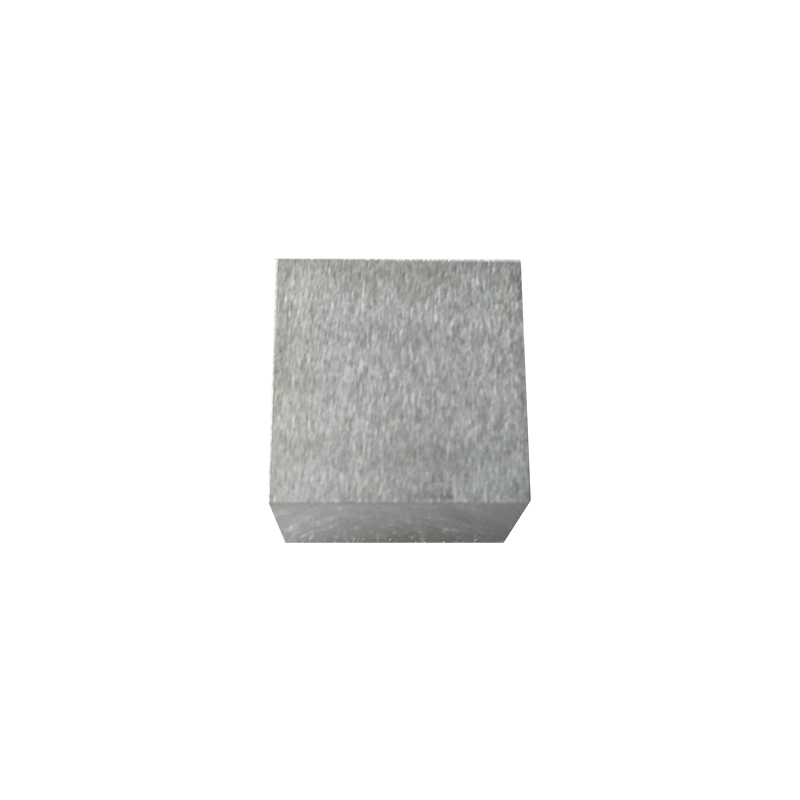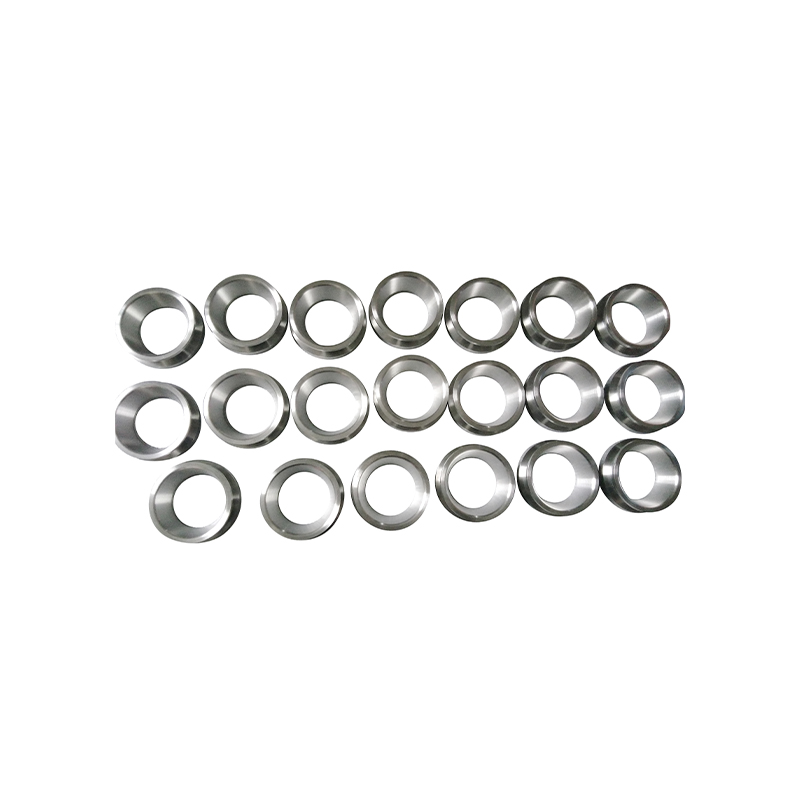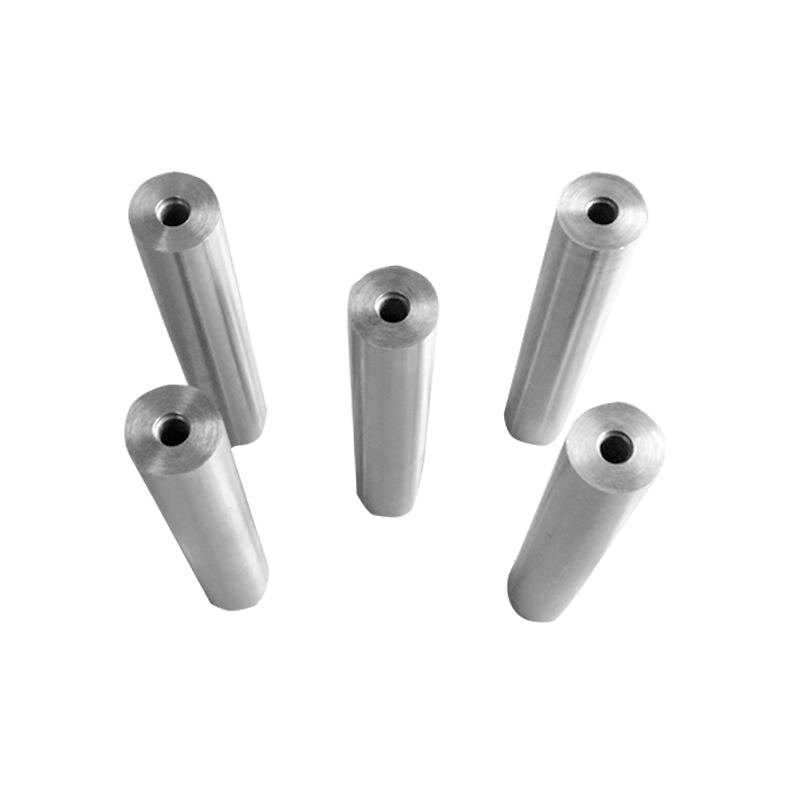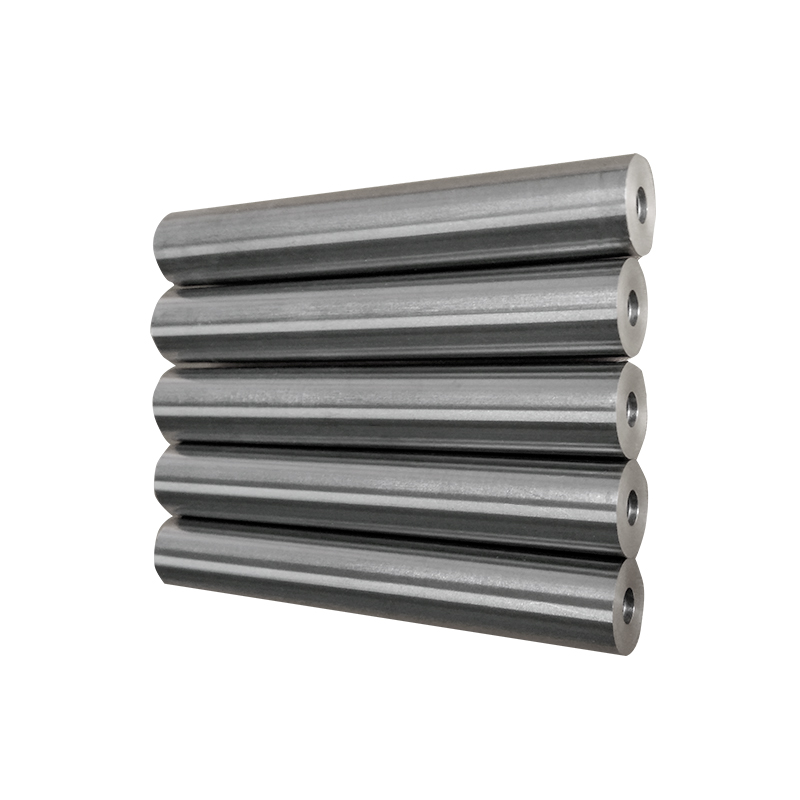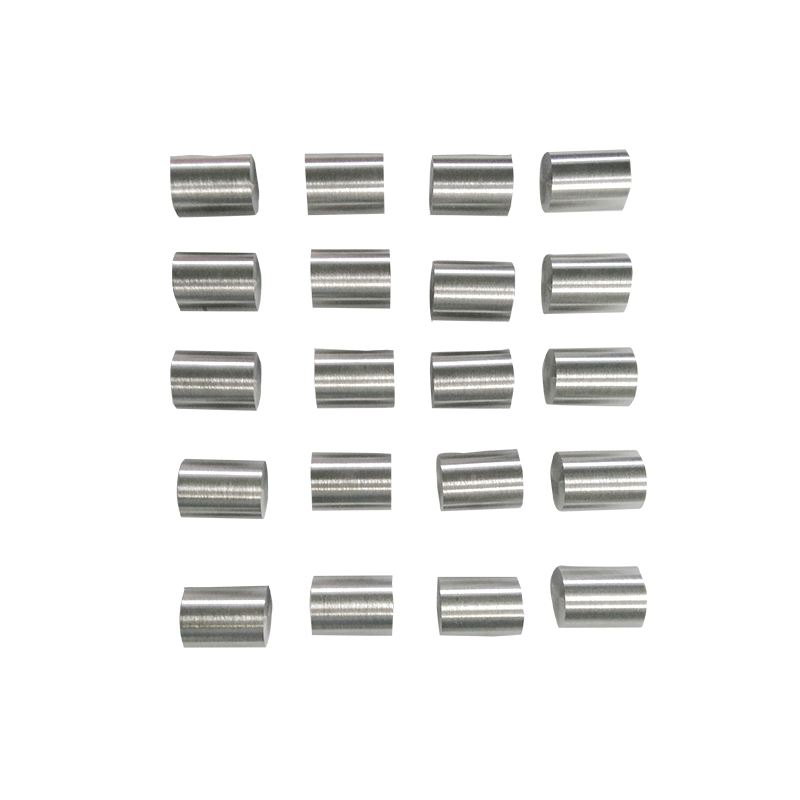In industrial and technological applications, high-performance metals like molybdenum, tungsten, and nickel are critical due to their exceptional mechanical, thermal, and electrical properties. These metals are often manufactured into wires, which are essential components in electronics, aerospace, lighting, and high-temperature environments. Among them, molybdenum wire stands out for its combination of strength, thermal stability, and conductivity. However, when compared to tungsten wire and nickel wire, the differences in mechanical strength, electrical conductivity, thermal behavior, and practical applications become evident. Understanding these distinctions is key for engineers, manufacturers, and designers to select the right material for their specific needs.
This article explores how molybdenum wire compares to tungsten and nickel wire in terms of strength and conductivity, while also highlighting their applications, advantages, and limitations.
1. Material Properties Overview
Molybdenum Wire
Molybdenum (Mo) is a refractory metal with a melting point of 2,623°C (4,753°F). It has a high tensile strength, excellent creep resistance at elevated temperatures, and good electrical and thermal conductivity compared to some other refractory metals. Molybdenum is also chemically stable, resistant to oxidation at moderate temperatures, and can retain its mechanical properties under thermal cycling.
Tungsten Wire
Tungsten (W) is another refractory metal, with the highest melting point among pure metals at 3,422°C (6,192°F). It has exceptional hardness and tensile strength, particularly at high temperatures. Tungsten also has good electrical and thermal conductivity but is more brittle at room temperature compared to molybdenum.
Nickel Wire
Nickel (Ni) is a transition metal with a melting point of 1,455°C (2,651°F), significantly lower than molybdenum and tungsten. It offers good corrosion resistance, moderate strength, and decent electrical conductivity. Nickel is more ductile and easier to work with, making it suitable for various wiring and plating applications.
2. Tensile Strength Comparison
Tensile strength is a critical property for wires that must withstand mechanical stress, such as in heating elements, vacuum tubes, or aerospace components.
-
Molybdenum Wire:
Molybdenum exhibits high tensile strength at elevated temperatures, typically ranging from 400–700 MPa at room temperature and maintaining much of its strength at temperatures up to 1,200°C. Its ductility allows it to bend without fracturing, which is advantageous in complex assemblies. -
Tungsten Wire:
Tungsten wire has higher maximum tensile strength than molybdenum, ranging from 500–1,000 MPa, and is extremely strong at temperatures exceeding 1,000°C. However, tungsten is brittle at room temperature, which can lead to cracking during handling or forming. -
Nickel Wire:
Nickel wire has moderate tensile strength, usually around 300–600 MPa. While it is more ductile and easier to shape, it cannot withstand the same high-temperature stresses as molybdenum or tungsten.
Verdict: Tungsten wire has the highest tensile strength, but molybdenum wire offers an excellent balance of strength and ductility, making it more versatile in practical applications. Nickel is weaker in high-temperature performance but easier to manipulate.

3. Electrical Conductivity Comparison
Electrical conductivity is essential for wires used in electronics, heating elements, and other conductive applications.
-
Molybdenum Wire:
Molybdenum has good electrical conductivity, about 18% IACS (International Annealed Copper Standard). Its conductivity remains relatively stable at high temperatures, making it suitable for vacuum tubes, electron emitters, and high-temperature electrical contacts. -
Tungsten Wire:
Tungsten exhibits lower electrical conductivity than molybdenum, roughly 16–18% IACS. It is often used in applications where thermal stability is more important than conductivity, such as filaments in lamps or rocket nozzles. -
Nickel Wire:
Nickel’s electrical conductivity is around 14% IACS, slightly lower than both molybdenum and tungsten. While sufficient for many low- to medium-current applications, it is not ideal for high-performance electrical conductors.
Verdict: Molybdenum wire generally provides better conductivity than tungsten and nickel in high-temperature environments, making it favorable for electronic components exposed to heat.
4. Thermal Conductivity and Expansion
Thermal properties influence the performance of wires in heating elements, aerospace components, and industrial furnaces.
-
Molybdenum Wire:
Molybdenum exhibits high thermal conductivity (~138 W/m·K) and a low coefficient of thermal expansion (~4.8 × 10⁻⁶ /°C). This combination allows it to handle rapid temperature changes without significant distortion. -
Tungsten Wire:
Tungsten has a thermal conductivity of about 173 W/m·K, slightly higher than molybdenum. Its coefficient of thermal expansion is very low (~4.5 × 10⁻⁶ /°C), making it ideal for precision instruments requiring minimal thermal deformation. -
Nickel Wire:
Nickel has lower thermal conductivity (~90 W/m·K) and higher thermal expansion (~13 × 10⁻⁶ /°C). While acceptable for many applications, nickel wires can expand more under heat, which may be a limitation in high-temperature settings.
Verdict: Tungsten slightly outperforms molybdenum in thermal conductivity, but molybdenum’s balance of thermal performance and ductility gives it practical advantages. Nickel is less suitable for high-temperature thermal stability.
5. Corrosion Resistance and Oxidation
The resistance to oxidation and corrosion is crucial for long-term durability:
- Molybdenum Wire: Resistant to oxidation up to ~600°C in air; performs well in vacuum or inert atmospheres. It corrodes minimally in many chemical environments, making it suitable for industrial and chemical processing equipment.
- Tungsten Wire: More susceptible to oxidation at lower temperatures (~400°C), requiring protective coatings for long-term exposure.
- Nickel Wire: Excellent corrosion resistance at moderate temperatures and in various chemical environments; often used in electroplating and chemical applications.
Verdict: Molybdenum provides a good balance of high-temperature oxidation resistance and mechanical strength, whereas nickel excels in corrosion resistance at moderate temperatures. Tungsten requires careful handling in oxidizing environments.
6. Practical Applications Comparison
Molybdenum Wire Applications:
- High-temperature electrical contacts
- Vacuum tubes and electron emitters
- Aerospace components
- Heating elements in furnaces
- Industrial machinery requiring thermal stability
Tungsten Wire Applications:
- Light bulb filaments and halogen lamps
- High-temperature electrodes
- Aerospace nozzles and high-temperature fasteners
- X-ray tubes
Nickel Wire Applications:
- Electrical wiring and resistance heating elements
- Electroplating and chemical applications
- Low- to medium-temperature industrial machinery
7. Cost and Workability Considerations
- Molybdenum Wire: More expensive than nickel but cheaper than high-purity tungsten. Easier to work with than tungsten due to higher ductility.
- Tungsten Wire: Expensive and brittle, requiring specialized equipment for drawing and forming.
- Nickel Wire: Cost-effective, easy to form, and widely available; ideal for general industrial applications but limited in extreme environments.
Conclusion
Molybdenum wire, tungsten wire, and nickel wire each possess unique properties that define their applications in high-performance environments.
-
Strength: Tungsten wire has the highest tensile strength, especially at extreme temperatures, but is brittle. Molybdenum wire provides a balanced combination of high strength and ductility, making it more versatile for complex assemblies. Nickel wire is comparatively weaker at high temperatures but easier to work with.
-
Electrical Conductivity: Molybdenum wire generally outperforms tungsten and nickel in electrical conductivity under high-temperature conditions, making it ideal for electronics and vacuum applications.
-
Thermal Performance: Tungsten offers slightly better thermal conductivity, but molybdenum’s combination of thermal stability, ductility, and resistance to thermal cycling makes it highly practical. Nickel has lower thermal conductivity and higher expansion, limiting its use in extreme temperature applications.
-
Corrosion and Oxidation: Molybdenum balances oxidation resistance and mechanical properties at high temperatures, while nickel excels in moderate environments. Tungsten requires careful protection in air.
In summary, molybdenum wire offers a practical and reliable alternative for applications requiring a balance of strength, conductivity, and workability, especially in high-temperature environments. Tungsten wire is preferable where maximum strength and thermal conductivity are essential, despite its brittleness. Nickel wire remains a cost-effective, ductile option for moderate temperatures and corrosion-prone environments. Selecting the right wire depends on a careful evaluation of these factors in relation to the intended application.







